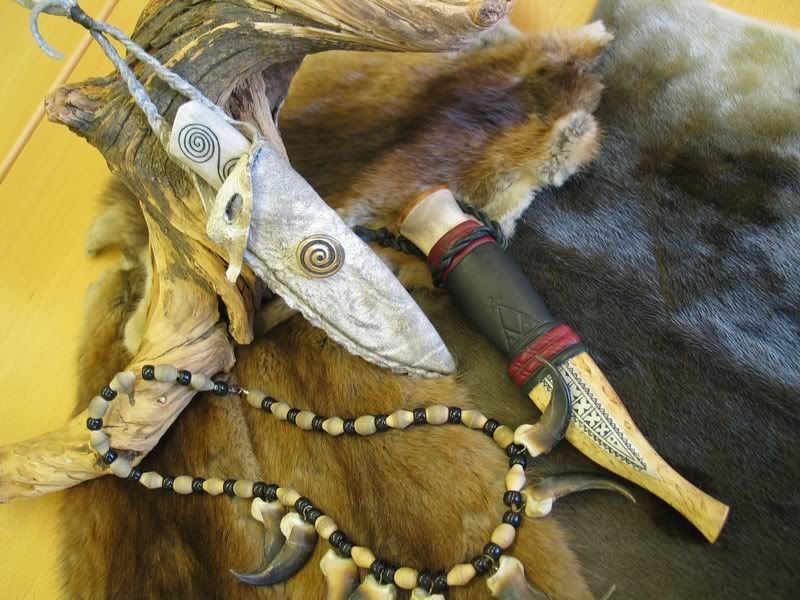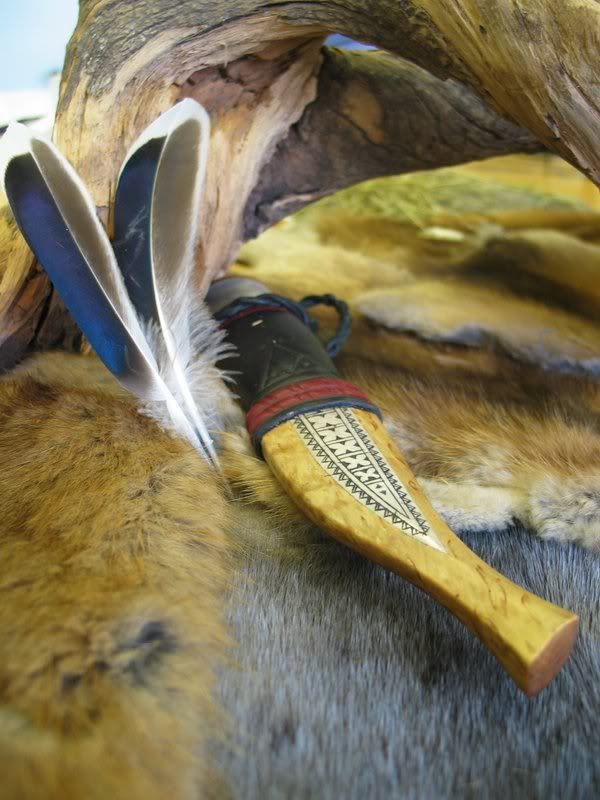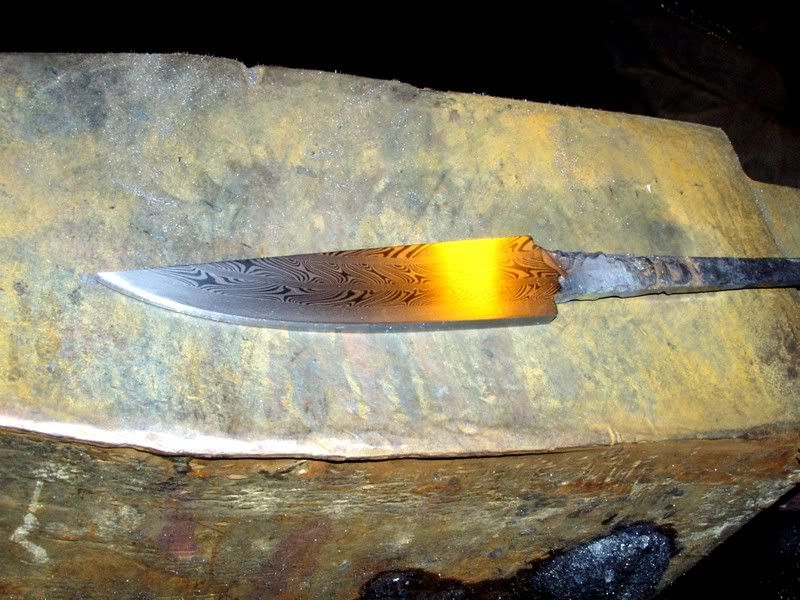
 |
|
|
#9 | |
|
Member
Join Date: Apr 2008
Posts: 235
|
Quote:
thanks for your clarification, I´ll try my best. First of all you should know that I am far from being a puukko expert  With that in mind lets proceed. With that in mind lets proceed.First a few clarification regarding terms. - By Laplander I understand people who live in Lapland. Not all of them are Sami people as in general a Laplander here (speaking broadly of whole Finland now) means someone who is from and lives in the rural upper regions of our country. So, we have "regular" Laplanders and we have the Sami people who differ from the major population genetically, just like your Native Americans in USA. There are also both Swedish and Norwegian Laplanders and Sami people too. Getting back to the knives again, you wanted to know what the Sami people call their knives? In all honesty I can not tell you for sure if the below descriptions are 100% correct as they are gleamed from written Finnish sources and I do not speak any Saame nor do I personally know anyone who does. Nevertheless I believe these names to be correct. If not, I stand corrected. Please note that there are traditionally no middle size leukus as the middle sized knife would be lousy at all tasks: too small and light for acting as the cleaver a leuku is supposed to be and too bulky for being handy at small chores such as whittling. In the combos seen on the previous picture the small knives were all small enough to be used for small chores though they are not so handy as a "real" puukko that also come in Sami style (please see below)- Most of the leuku knives seen today are nothing more than souvenir for the typical tourists who would shun the right sized BIG knife and yet want a "real Lapland knife" not knowing what size it should be. Of course there is variation in size but the most typical leukus have circa 6-10 inch blades. FINNISH: Lapinpuukko = Laplanders puukko (often elaborately stylized) SAMI: "unna niiba"(also "buiku" which translates to puukko)    FINNISH: Leuku or Lapinleuku (the later phrase Lapinleuku means "Leuku of Lapland" emphasizing the fact that it is a Laplanders big knife, this meaning that it really is a big blade) SAMI: "stuorra niib" / "tuorraniib" ("stuorra" means big, "niib" means knife) I hope I answered your Question satisfactorily. As previously said I am not a puukko expert nor am I any expert regarding Sami - peoples nor laplanders culture in general. I wrote my initial response from the perspective of a Finn who lives in Southern Finland. It is not uncommon to have new names for things when they are studied outside of their original cultures. Hence we Finnish call the Sami -people´s knife a Leuku even though they use the name "stuorra niib". If collectors outside Finland call the same knife a "Sami knife" or what´ll have you makes no difference as long it is understood what is meant and not meant by the name, be the name original to the artifact or not. Thanks  Jussi |
|
|
|

|
|
|